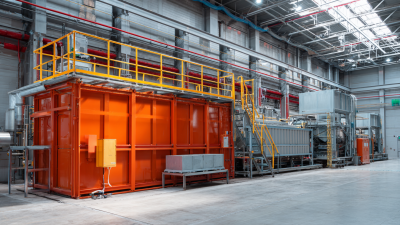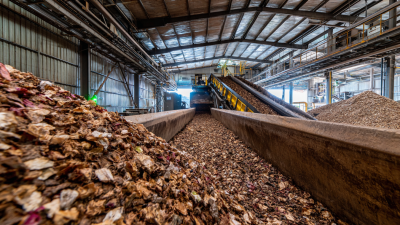So, when it comes to finding better, more efficient ways to treat wastewater and protect our environment, there's always something new being explored. One of the more exciting developments lately is this technology called Three-Dimensional Electrocatalytic Oxidation. Honestly, it sounds kinda fancy, but it's actually pretty promising—helping to break down pollutants more effectively while also saving money and boosting overall efficiency. Here at APEX, we’re all about tackling tough wastewater challenges and offering top-notch sludge drying and conveying systems. We totally get how important these new techs are for the industry. With a solid reputation here in China and customers all over the world trusting our products, we're really keen on diving into different kinds of Three-Dimensional Electrocatalytic Oxidation methods. We believe they could totally change how industries handle wastewater—and, in the process, make our world a bit more sustainable.
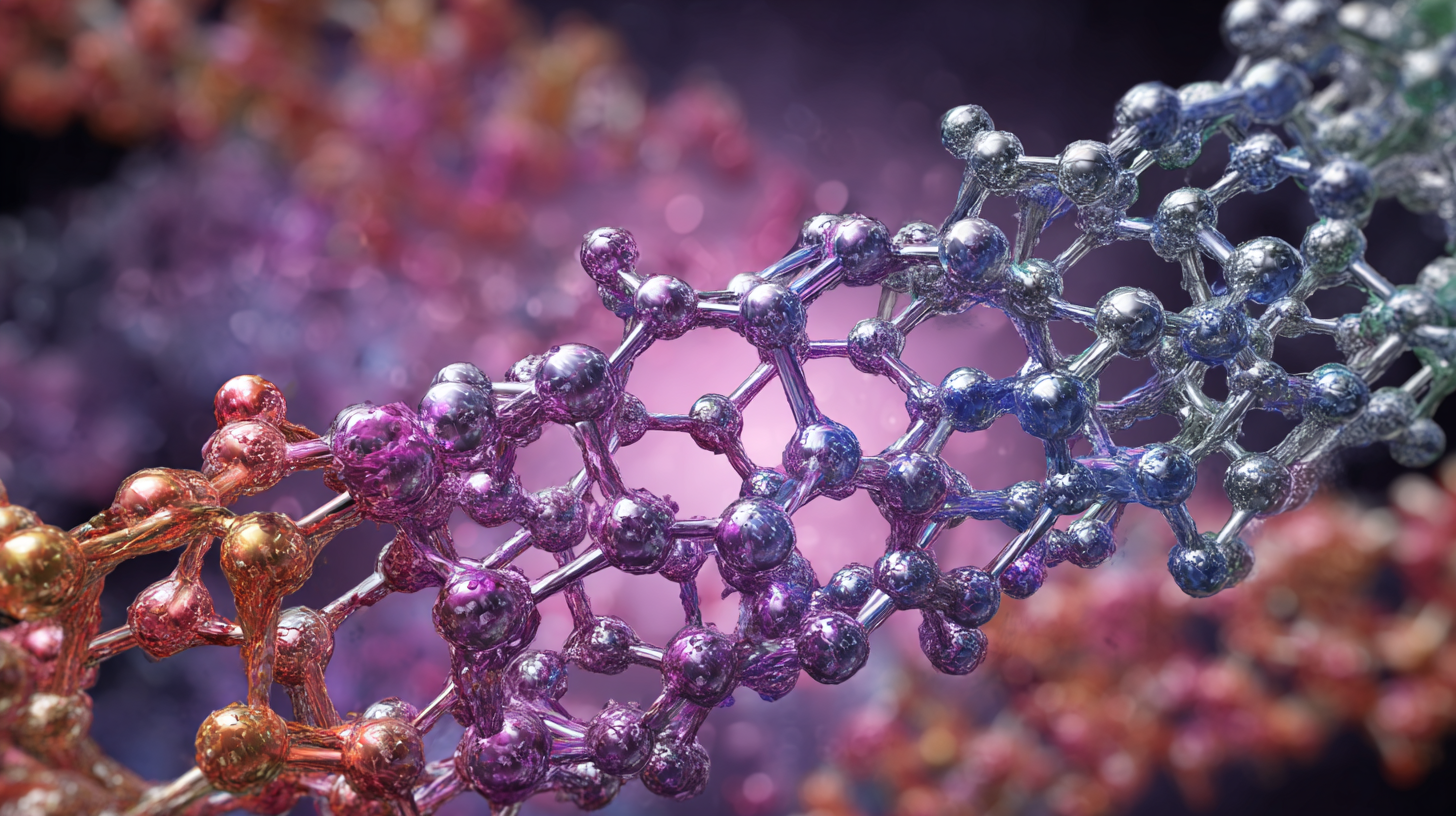
Let's talk about the basics of electrocatalytic oxidation in these cool 3D systems—it's honestly a solid foundation that’s key for pushing forward clean energy tech. Recent studies have really highlighted how in-situ and operando techniques, like vibrational spectroscopy and X-ray absorption spectroscopy, are game-changers. They help us get a better grip on those tricky electrochemical reactions, especially when it comes to the oxygen evolution reaction (OER).
Using 3D shapes and customized designs in these systems can seriously boost their efficiency and stability—things that are super important for things like treating wastewater or making green ammonia.
Plus, the whole idea of bringing 3D printing into electrocatalysis? That’s pretty exciting stuff. It means we can craft detailed, complex structures that improve how reactants move around and speed up reactions. Of course, there are still hurdles, like keeping electrocatalysts stable, but researchers are coming up with innovative reactor designs specifically for these 3D setups.
By diving into these advancements, we're not just learning more about how these reactions work—we’re also laying down the groundwork for the future of sustainable energy solutions. Honestly, blending engineering with electrochemistry is opening up some pretty promising doors in energy conversion and environmental cleanup—and I think we’re just getting started.
So, when researchers are digging into ways to make three-dimensional electrocatalytic oxidation technologies more efficient, they’re really zeroing in on key materials that can boost performance. The cool thing about these 3D materials—think of things like metal-organic frameworks, carbon nanotubes, or new alloys—is their unique structures. They’ve got a super high surface area and allow stuff to move around more easily, which means more active sites and better interaction with reactants. Basically, they create the perfect environment for these reactions to happen smoothly. These materials are pretty flexible too—being able to tweak their porosity and conductivity makes a huge difference in how well they work, which is why they’re so central to pushing the field forward.
Lately, advances in material science are bringing some seriously exciting innovations to the table. For example, adding transition metal oxides or conducting polymers can really ramp up catalytic efficiency because they help electrons transfer more easily and lower the energy needed to kick off reactions. Plus, including nanostructured particles within these 3D frameworks helps make the catalysts more stable and durable, even under tough operating conditions. All of these material tweaks don’t just highlight their importance—they actually open up new pathways for creating next-generation electrocatalytic systems. Long story short, these developments could lead us toward cleaner, more efficient energy conversion technologies that are better for the planet.
You know, as people search more and more for sustainable energy options, exploring three-dimensional (3D) electrocatalytic oxidation tech becomes really important. I’ve looked into a few different methods, and there’s a lot to consider — like how efficient they are, how much they cost, and how friendly they are to the environment. Each of these technologies has its own perks. For example, metal-organic frameworks (MOFs) have huge surface areas that really boost catalytic activity, while polymers tend to be more flexible and easier to work with.
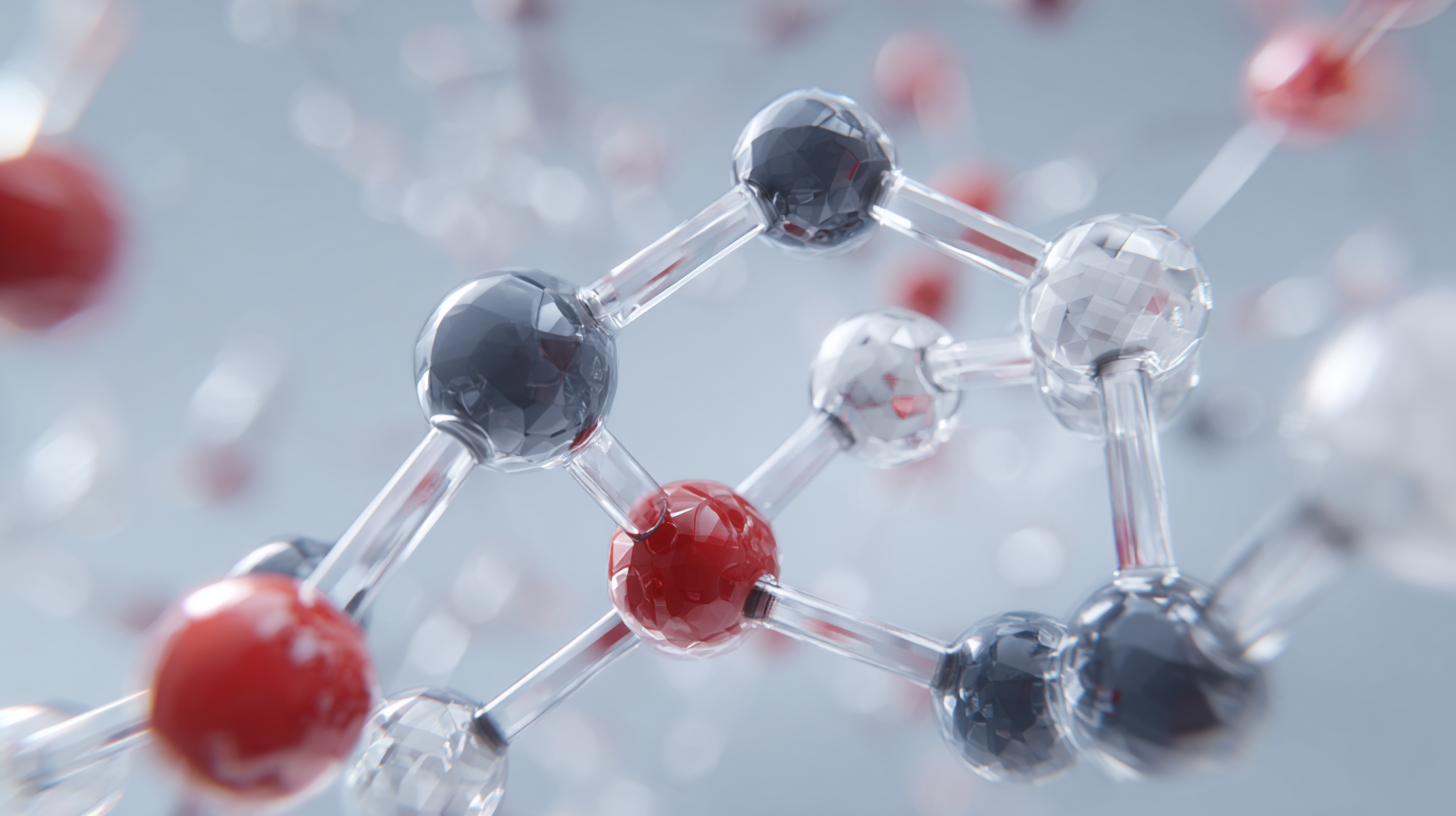
On top of that, adding nanostructures to these 3D setups has shown some pretty exciting results. Take conductive carbon materials, for instance — they can speed up reactions quite a bit and also help keep costs down. The cool thing is, these systems are pretty versatile, meaning they can be tweaked depending on what you’re trying to do — whether it’s reducing CO2 or oxidizing alcohols. That kind of adaptability is super useful when you're trying to get real-world applications to work smoothly.
Looking at all these different approaches side by side really helps us get a clearer picture of how 3D electrocatalytic technologies could shake up the way we produce and save energy in the future.
Hey, you know, the way we're approaching three-dimensional electrocatalytic oxidation now is pretty exciting — it's really changing the game when it comes to tackling energy and environmental issues. Recent research shows that these newer designs can ramp up how efficient electrocatalysts are. That means faster reactions and better chances of getting the specific products we're aiming for. For example, a study in the Journal of the American Chemical Society points out that 3D electrocatalytic setups can hit over 90% selectivity and even double the reaction rate compared to older 2D systems. And honestly, a big part of this boost comes from the larger surface area and the unique shapes of these 3D structures. Cool, right?
Plus, tossing nanomaterials into the mix seems to be paying off big time. A report from Global Market Insights suggests that using nanostructured materials can boost electrocatalytic oxidation by up to 50%. That's pretty huge and definitely worth exploring. Researchers are also looking into things like hierarchical porous networks and conductive polymer composites—they might help facilitate better movement of molecules and electrons, which means even better performance in energy conversion. As we move forward, I really believe these innovative design ideas are going to be key in pushing electrocatalytic processes into the future, really supporting the switch to cleaner, sustainable energy sources.
| Technology Type | Material Used | Efficiency (%) | Operating Voltage (V) | Applications |
|---|---|---|---|---|
| 3D Porous Carbon Electrodes | Activated Carbon | 85 | 1.5 | Wastewater Treatment |
| High-Surface-Area Nanostructures | Graphene Oxide | 90 | 1.2 | Energy Conversion |
| Metal-Organic Frameworks (MOFs) | Copper-based MOFs | 87 | 1.4 | CO2 Reduction |
| Conductive Polymer Composites | Polyaniline | 82 | 1.6 | Fuel Cells |
| Carbon Nanotube Arrays | Carbon Nanotubes | 89 | 1.3 | Electrochemical Sensors |
You know, working with three-dimensional (3D) electrocatalytic systems isn't exactly a walk in the park — they come with their fair share of challenges. But honestly, they also open up some pretty exciting possibilities in advanced oxidation processes. Recent progress shows that using non-noble metal electrocatalysts, especially in alkaline water electrolysis, can boost efficiency and help cut down costs. It’s become super important to develop precious metal-free catalysts if we want to make hydrogen production more sustainable. People are trying all kinds of strategies — like mixing dual carbon materials or experimenting with new surface functionalization techniques — to make this happen. Not only does this tackle the growing environmental worries tied to our reliance on fossil fuels, but it also connects to the fact that effective wastewater treatment tech is more crucial than ever. That’s where our company really shines.
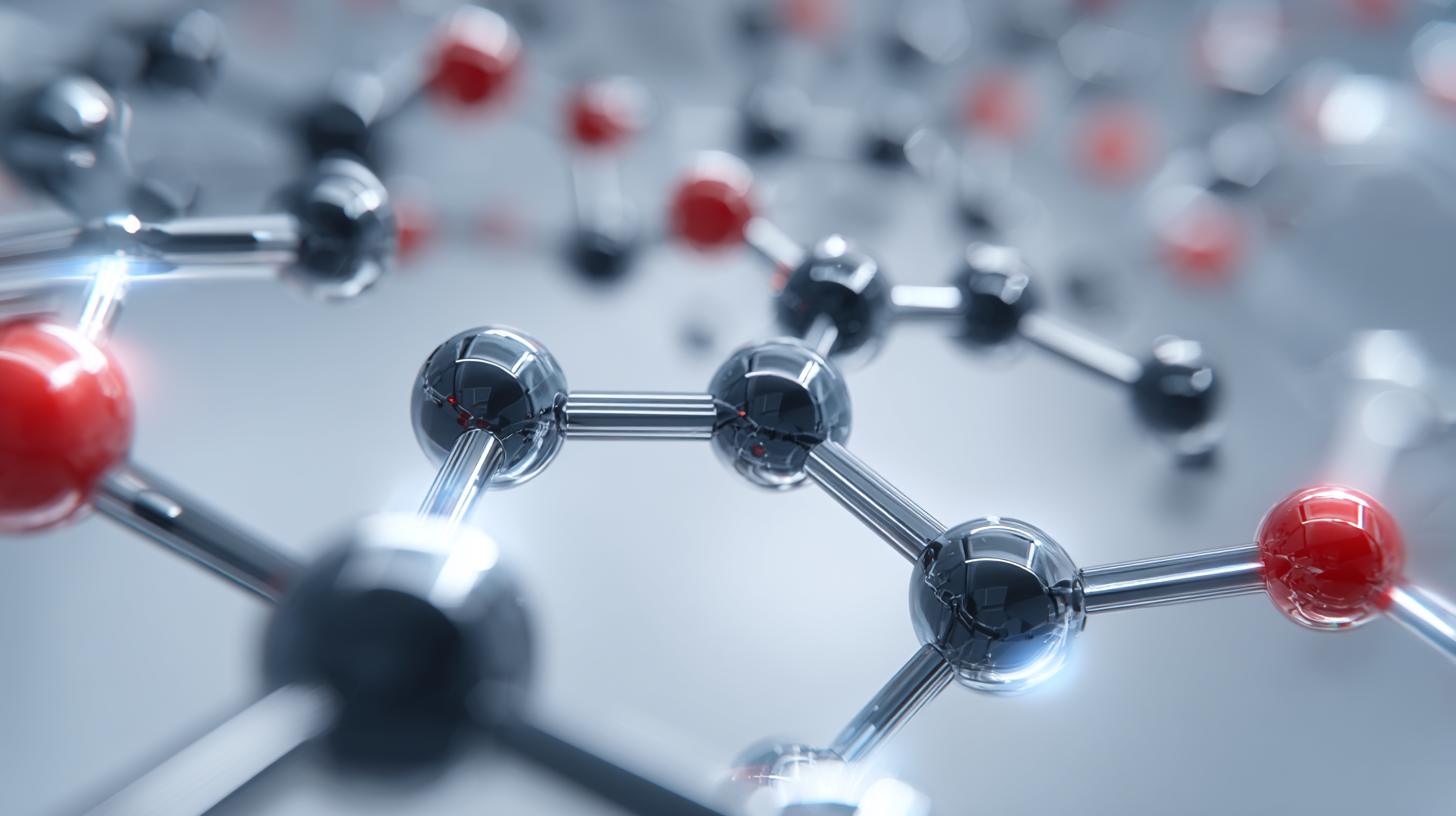
On top of that, fixing the tricky parts of these advanced 3D systems — like making sure catalysts stay stable and work well under different conditions — is an active area of research. Tools like operando spectroscopy are helping scientists get a better grip on how these reactions actually work, which in turn helps design better electrocatalysts. At APEX Company, we totally get how important reliable, high-performance wastewater solutions are. We're all about keeping up with these cutting-edge developments in electrocatalytic tech because it’s vital for our work in environmental engineering. Our goal? To keep pushing forward with equipment that’s tailored to meet the complex demands of water treatment, making a real difference for the planet.
The field of electrocatalytic oxidation tech is moving pretty fast these days, with some exciting advancements focused on making things more efficient and eco-friendly. If you look at what Grand View Research reports, the global market for electrocatalysis is expected to hit around $77.8 billion by 2027, and it's growing at about 14.6% annually. That’s a pretty big deal, and it’s mainly fueled by the rising demand for clean energy options and ongoing breakthroughs in materials science. Oh, and did you hear about the buzz around 3D electrocatalytic systems? They’re actually pretty cool because they increase the surface area, which helps reactions happen faster and better overall.
Looking ahead, it seems like we’re heading toward more use of cutting-edge nanomaterials and smarter ways to design catalyst structures. Researchers are also increasingly relying on computer models to predict how these catalysts will behave—pretty neat, right? Plus, powering these processes with renewable energy totally fits into the bigger picture of cutting down carbon emissions. In fact, the International Renewable Energy Agency (IRENA) suggests that doubling our use of renewables could cut greenhouse gases by up to 70% by 2050. All in all, it’s clear that electrocatalytic tech is going to play a huge role in helping us transition to cleaner, more sustainable energy sources.
This bar chart illustrates the energy efficiency of various electrocatalytic oxidation technologies currently being explored as alternatives. The efficiencies are measured in percentage (%), reflecting the performance of different methods in converting electrochemical energy into chemical energy.
: Key materials include metal-organic frameworks, carbon nanotubes, transition metal oxides, and conducting polymers, which improve performance through their unique structural properties, such as high surface area and tunable porosity.
Three-dimensional electrocatalysts have been shown to achieve over 90% selectivity and can double the turnover frequency compared to traditional two-dimensional counterparts due to their increased surface area and unique morphological characteristics.
Recent advancements include the incorporation of nanostructured particles and new materials that facilitate better electron transfer, enhance catalytic stability, and lower activation energies, improving overall catalytic efficiency.
Challenges include ensuring catalyst stability, performance under varying conditions, and the need for precious metal-free catalysts to reduce costs and environmental impact in hydrogen production.
Integrating nanomaterials can improve electrocatalytic oxidation processes by up to 50%, enhancing catalytic activity and facilitating better mass transport and electron transfer in energy conversion systems.
Innovative design approaches enhance the efficiency of electrocatalysts by increasing reaction rates and selectivity for desired products, contributing significantly to advancements in sustainable energy solutions.
Operando spectroscopy helps researchers understand reaction mechanisms during operation, which can lead to better designs of electrocatalysts and improvements in their stability and performance.
Developing non-noble metal electrocatalysts is crucial for sustainable hydrogen production as it enhances overall efficiency and reduces costs associated with electrocatalytic processes.
Hierarchical porous networks and conductive polymer composites are being investigated for their potential to enhance mass transport and electron transfer in electrocatalytic processes.
APEX Company focuses on providing high-performance wastewater solutions and integrating advancements in electrocatalytic technologies to address environmental challenges in water treatment.
In our latest blog, titled "Exploring Alternatives in Three-Dimensional Electrocatalytic Oxidation Technologies," we take a closer look at how these cutting-edge systems could really shake things up. Honestly, understanding the basics behind these technologies helps us see why certain materials are so essential for making them work better and more efficiently. We also compare different 3D electrocatalytic methods, highlighting what makes each one special—like their unique strengths and the cool design ideas that could make wastewater treatment and other applications way more effective.
Of course, we don’t ignore the hurdles either. The blog digs into some of the common challenges faced when rolling out these systems and offers practical solutions to help overcome them. Looking ahead, we chat about where this technology might be headed, especially how it’s becoming super important for sustainability and industrial use. And honestly, APEX Company is really leading the charge here—using their expertise in tackling tough, high-difficulty wastewater issues, they’re helping push forward the adoption of these innovative 3D electrocatalytic oxidation methods around the world.

